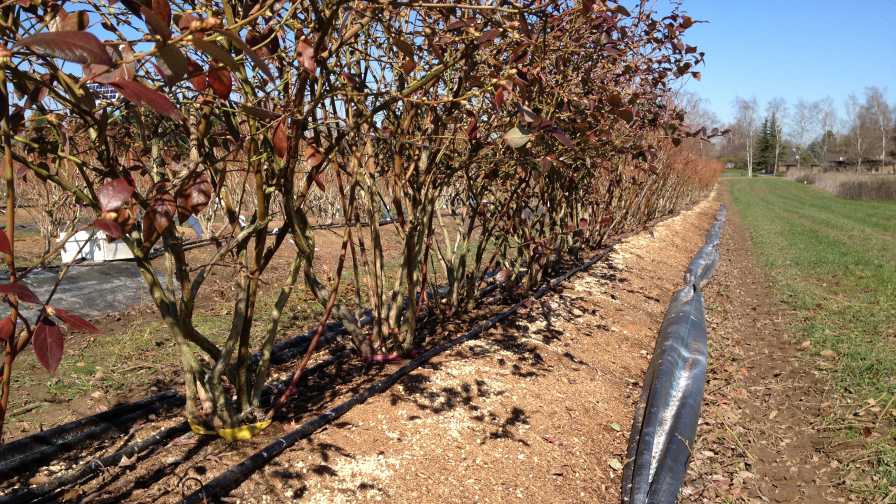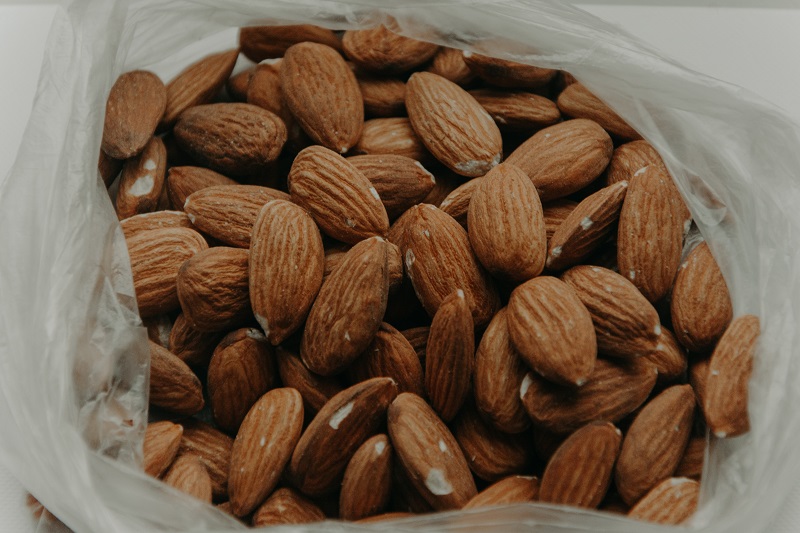Does Mulch Make a Difference for Better Blueberry Crops?

Dr. Bernadine Strik of Oregon State University has spent more than 14 years working on blueberry trials to uncover best mulching practices.
Photo courtesy of Oregon State University
When it comes to the most successful way to grow blueberries — whether conventional or organic — it makes sense to look to the nation’s leading blueberry production region: Oregon. And with more than a decade of trials on mulching under her belt, Dr. Bernadine Strik of Oregon State University is the authority to consult for best practices.
When she began her trials, many blueberry farms used sawdust as a mulch, and organic growers often added compost. But after 14 years of organic research and four years of conventional studies, she uncovered new best practices, which she shared in her presentation at the 2020 Great Lakes Expo. Here’s why she says mulch can make a difference, as well as some considerations for achieving optimal results.
Increased Yield, Net Returns
Strik experimented with different mulching methods, including a combination of municipal yard debris compost and sawdust, the industry standard of just sawdust, and weed mat — a porous, woven polyethylene ground cover. She used ‘Duke’ and ‘Liberty’ cultivars, which are commonly grown throughout the Northern U.S. Weed mat increased yield as much as 10% compared to sawdust with many other benefits. But soil organic matter declined under the black plastic product, a disadvantage in long-term blueberry fields. She’s found a lot of promise with a dual system, in which sawdust is placed underneath the weed mat.
Strik likes to do a cost-benefit analysis on all of her studies while considering materials and labor.
“I grew up on a farm and know it’s important,” she says.
Although there’s an upfront cost to the dual system, considering other factors such as labor, maintenance, and fruit sales, the net returns for the dual system were highest. Strik found that the dual system helped plant establishment and increased yield by as much as 20% in the second growing season. Even putting weed mat over existing organic mulch in mature fields increased yield compared to weed mat over bare soil in her long-term study.
“That’s encouraging,” she says. “At the very least, the dual system is a promising mulch.”
Limited Maintenance Costs
Weed mat also significantly reduces the rate of decomposition of the sawdust underneath, so it doesn’t require frequent replenishment like sawdust does when used as a mulch alone. As the name implies, the weed mat effectively controls weeds, reducing the need to hand pull weeds or apply herbicides. This can make a huge economic difference, especially in a climate where it rains in the summer, increasing the cost of weed management even more.
Again, despite the upfront cost of the dual system, Strik found that savings in material and maintenance costs make it a more economic option overall.

Mature blueberry plants with dual weed mat over sawdust mulch. The weed mat has been opened and rolled back to fertilize.
Photo by Bernadine Strik
Reduced Pests
Strik found that weed mat over bare soil leads to an increased presence of voles that found it to be a comfortable shelter from predators. While voles may not have a big impact on older plants, they can affect water and fertilizer movement, which can jeopardize plant health. But once again, the dual system shows advantages. Strik found that adding an organic mulch layer under weed mat reduces vole populations.
While weed mat can increase irrigation requirements compared to sawdust mulch, a disadvantage for growers in areas with limited water resources, adding sawdust underneath may bring water use back to a more standard level. Weed mat with drip irrigation underneath has been shown to reduce spotted wing drosophila populations compared to sawdust mulch.
Add with Caution
Strik did add one caution when it comes to mulching. Both yard debris and animal-based compost have high pH levels, a disadvantage for blueberries, and often high levels of potassium as well. Strik has shown that blueberry plants will take up this potassium and high levels reduce yield when compost is added to a mulching program. She encourages growers to monitor soil and plant potassium levels and refrain from application if they are sufficient.
Strik’s work has influenced how regional growers are raising blueberries. They’ve made a shift from planting less than 5% of new conventional and organic fields with weed mat to 75%.
“With all of these positive results, we saw an increase in weed mat use in both organic and conventional growers,” she says. “It has become the most common mulch in Oregon and Washington.”










